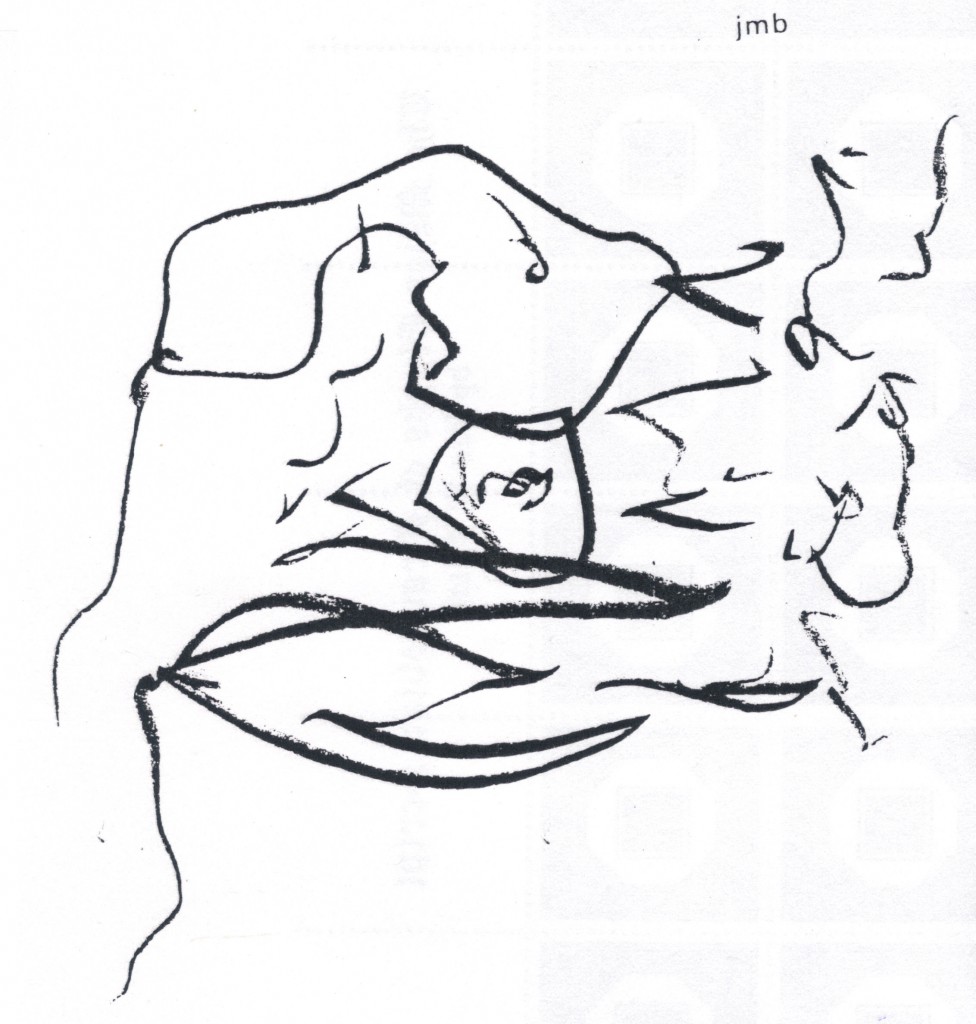Archive for the ‘Judy Wells’ Category
Entry 385 — My Most-Used Coinage
Monday, February 21st, 2011
On 2/21/2011 3:21 AM, Jake Berry wrote:
Bob, Hope this finds you well. I'm working on an essay and I'd like to use your term 'otherstream', but I want to quote your definition of the word directly. I haven't been able to find it on the internet and I have no idea where it might be among all my books and papers. So how would you define it? Best, Jake
Terrific hearing from you, Jake–although it makes me feel guilty by reminding me of what a horrible correspondent I’ve been for going on ten years or more. So many people I haven’t kept in touch with but should have! Although I do keep up with you on the Internet.
Ah, the old days when I was one of the Kings of the . . . Otherstream because I owned my own Xerox! I’ve had some ungood years since then. 2010 was possibly the worst year I’ve had in thirty years. But this year, so far, is going pretty well, although right now I’m in my null zone again.
Maybe not–your e.mail has me at least partway out of it. Great to know someone still likes my coinage, and it was fun doing my own search for it on the Internet. I found an article about Dale Jensen and his wife, Judy Wells, in which the term was used, followed by a comment by Jack Foley (good ol’ Jack) declaring that Andrew Joron had not coined “otherstream,” Bob Grumman had!
Somewhere else some guy took credit for coining it in 1996. My guess is that I first used it around 1985, so it has just has its 25th anniversary. If I, indeed, was the first to use it. Who knows if I did or not. I don’t care. I mean, it’d be nice to know for sure some word that more than a few people use was my word, but I’m really not that big about getting credit. I want money, not credit!
Oh, I also found out there are various businesses calling themselves “otherstream” this or that, including, I think, a broadcast network.
So, a definition. I’ve defined it in different although similar ways. I think I would say that “otherstream” is my adjective for kinds works of art the great majority of arts academics, well-known critics, commercial publishers and commercial magazine editors know little more than the names of, if that. A brief definition: art that’s now taught in college classes. For me, it means approximately but only approximately the opposite of “mainstream.” What it’s the exact opposite of is “knownstream.” That’s because some art is knownstream, like certain kinds of very formal verse–the sestina, say, is well-known to most literature professors but is not what you’d call a kind of mainstream poetry. I don’t think cowboy poems are considered mainstream, either, or though fairly popular. I used it mainly for visual poetry, sound poetry and language poetry when I began using it, but some language poetry has become mainstream.
Hope this helps. Thanks for wanting to use the word, which I think is a useful one. And for inspiring me to write what I have here, which I can now use for today’s entry in my blog! Make sure to link me to your essay when it’s online, or send it to me if it’s printed–with the hundred dollar royalty fee I charge for the use of any of my coinages. (You can use “knownstream,” also mine, for half-price.)
all best, Bob

